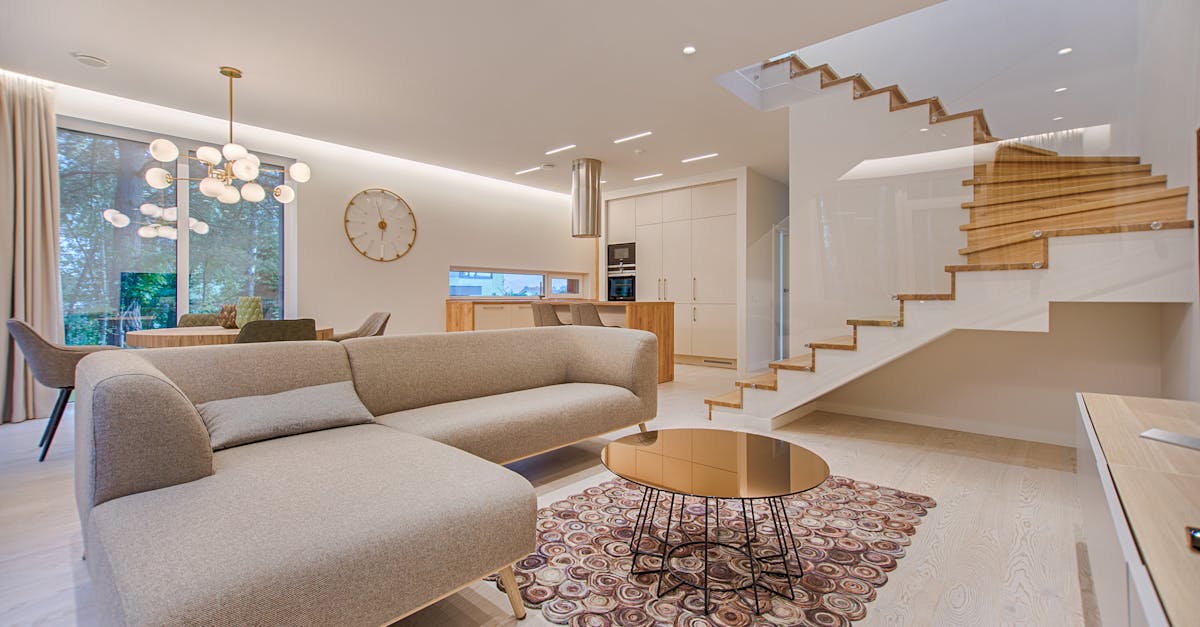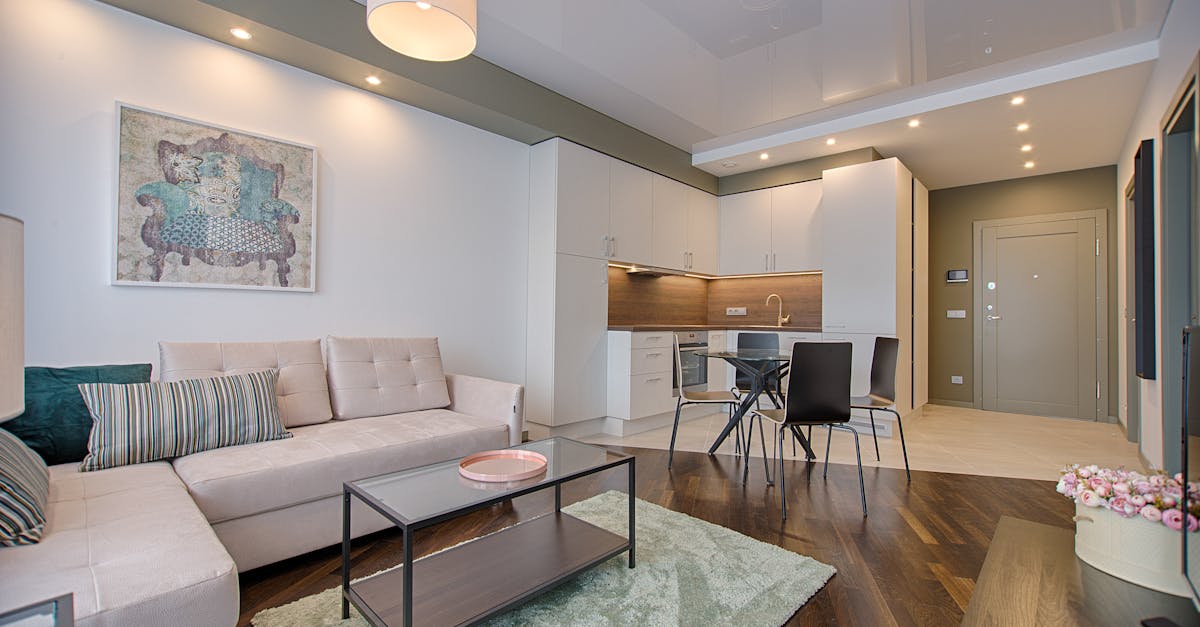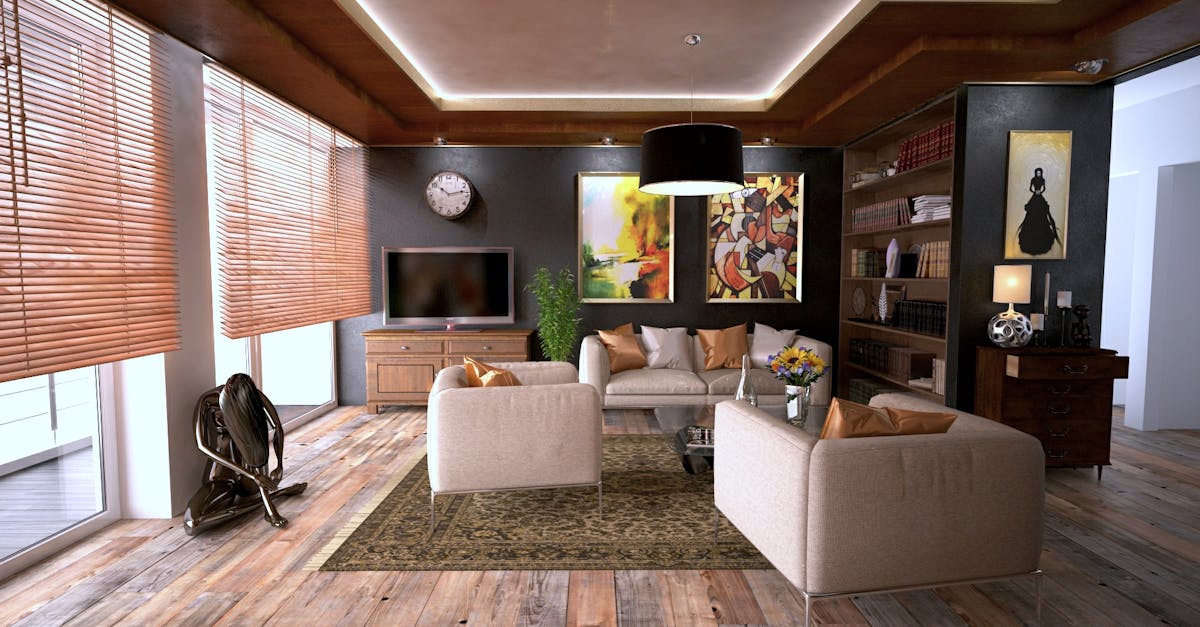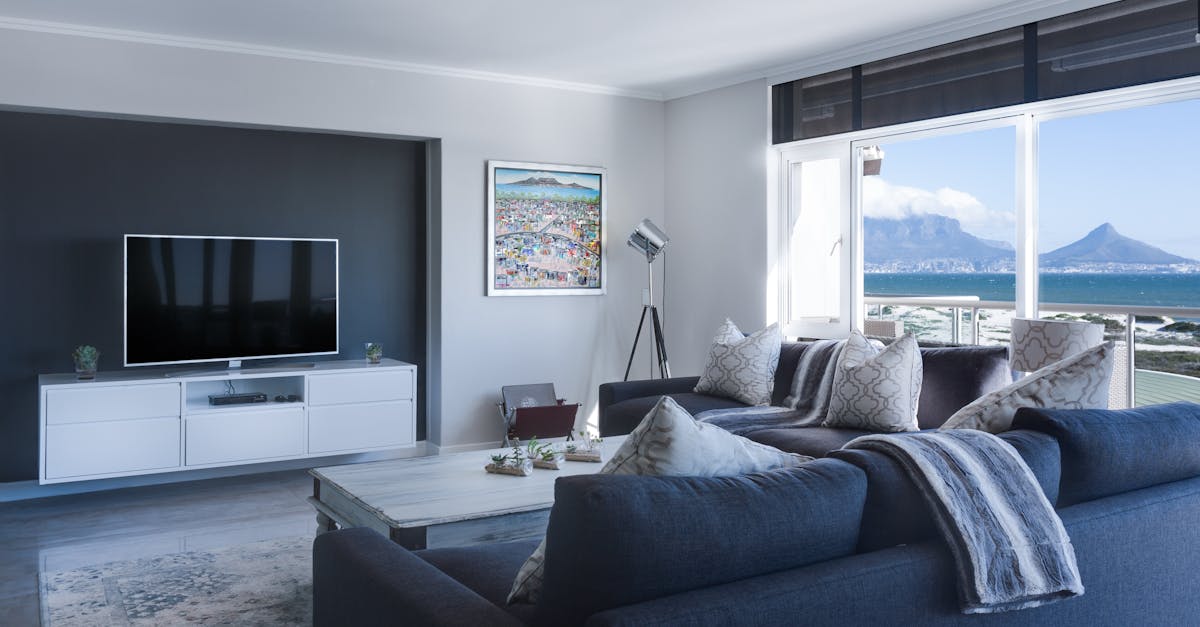
Table Of Contents
Trends in Rendering and Visualization Technology
The evolution of rendering and visualization technology has been rapidly progressing in recent years. Innovations in this field have significantly impacted various industries, making it imperative for professionals to stay updated with the latest trends. Rendering and Visualization in architecture, interior design, gaming, and product design have seen remarkable advancements, enhancing the overall user experience and visual appeal of projects.
The incorporation of virtual reality (VR) has revolutionized the way architectural visualization is approached. By offering immersive experiences and realistic simulations, VR has enabled architects and clients to engage with designs in a unique and interactive manner. The application of augmented reality (AR) has also contributed to the enhancement of visualizations in different sectors, providing a blend of digital information with the physical environment. Rendering and Visualization in these technologies have paved the way for more dynamic and engaging presentations, pushing the boundaries of traditional design processes.
Impact of Virtual Reality on Architectural Visualization
Virtual Reality (VR) has revolutionized the field of architectural visualization by immersing clients and designers into realistic 3D environments. The ability to virtually walk through a building before it is constructed provides a unique perspective that traditional 2D renderings cannot match. This technology not only enhances the overall design process but also allows for early detection of any potential design flaws, ultimately saving time and costs in the long run. Rendering and Visualization in architecture has been significantly elevated through the integration of VR tools, enabling stakeholders to experience spaces in a more interactive and engaging manner.
Architects and designers are utilizing VR to showcase their projects to clients in a dynamic and interactive manner. By incorporating VR headsets, individuals can explore every nook and cranny of a building virtually, giving them a sense of scale and spatial layout that static images cannot convey. This technology has bridged the communication gap between clients and designers, as clients can now provide real-time feedback on designs, leading to more collaborative and tailored architectural solutions. Rendering and Visualization in architecture have entered a new era with the introduction of VR, pushing the boundaries of traditional design practices and fostering innovation in the industry.
Applications of Rendering and Visualization in Various Industries
Applications of rendering and visualization are widespread across various industries today. In architecture and construction, rendering and visualization are instrumental in creating detailed 3D models of buildings and structures, allowing architects and designers to visualize the final result before construction begins. The automotive industry utilizes rendering and visualization in the design and prototyping of vehicles, enabling engineers to explore different designs and configurations efficiently. Rendering and visualization in marketing and advertising play a crucial role in creating realistic product images and captivating visual content to attract consumers.
Moreover, the gaming industry heavily relies on rendering and visualization to create immersive gaming experiences with high-quality graphics and realistic environments. Healthcare professionals use rendering and visualization for medical imaging, enabling them to study and diagnose conditions with precision. In the field of education, rendering and visualization are valuable tools for creating interactive learning materials and simulations that enhance students' understanding of complex concepts. From entertainment to education, manufacturing to healthcare, rendering and visualization continue to revolutionize industries and processes worldwide.
Utilizing Rendering in Interior Design Projects
Rendering and visualization play a crucial role in modern interior design projects. Designers leverage these technologies to create realistic 3D models of spaces, allowing clients to visualize the final look of a room before any construction begins. By incorporating rendering and visualization in interior design projects, designers can experiment with different layouts, colors, textures, and lighting options to find the perfect combination that meets the client's requirements. This process helps in making informed decisions and ensures the end result aligns with the client's vision.
Moreover, rendering and visualization in interior design projects enable designers to communicate their ideas effectively with clients and stakeholders. Through detailed 3D models and virtual walkthroughs, designers can showcase the proposed design concept, including furniture placement, material finishes, and overall aesthetic appeal. This visual representation helps clients better understand the design intent and provides them with a realistic preview of the final space. Rendering and visualization technology enhance the design process by fostering collaboration and ensuring that all parties are on the same page regarding the project vision.
Advancements in Rendering for Enhanced Realism
Advancements in rendering technology play a key role in enhancing the realism of visualizations across various industries. With the rapid evolution of rendering software, designers can now create incredibly lifelike images and animations that closely mimic real-world environments. Whether it is architectural visualization, product design, or entertainment media, the advancements in rendering tools have significantly raised the bar for visual quality and realism in the digital realm.
Rendering and visualization in today's digital age are reaching new heights of realism, thanks to advancements in technology such as physically-based rendering and global illumination. These cutting-edge techniques allow for the accurate simulation of how light interacts with different materials, leading to more convincing and realistic visualizations. As a result, industries are leveraging these advancements to create immersive experiences that blur the lines between the digital and physical worlds, setting new standards for realism in rendering and visualization.
Incorporating Ray Tracing Technology for HighQuality Visualization
Incorporating ray tracing technology in rendering and visualization processes has significantly enhanced the quality and realism of digital imagery. By simulating the way light interacts with objects in a scene, ray tracing produces highly detailed and accurate visuals, making the rendered images appear more lifelike. This advanced technology allows for more realistic reflections, refractions, and shadows, ultimately resulting in a more immersive and authentic visual experience for viewers.
The implementation of ray tracing technology has revolutionized rendering and visualization in various industries, such as architecture, design, and gaming. Architects and designers can now create photorealistic renderings of buildings, interiors, and products with unparalleled realism, helping clients better visualize projects before they are actualized. In the gaming industry, ray tracing has elevated graphics quality to new heights, providing gamers with visually stunning worlds and lifelike characters. Rendering and Visualization in multiple fields are continuously evolving with the integration of ray tracing technology, setting new standards for realism and visual fidelity.
FAQS
What is rendering in the context of visualization?
Rendering is the process of generating a 2D image or animation from a 3D model using computer software.
How is visualization different from rendering?
Visualization involves the creation of images, diagrams, or animations to communicate a design concept, while rendering specifically refers to the process of producing the final image or video from a 3D model.
What are some common trends in rendering and visualization technology?
Some trends in rendering and visualization technology include the use of real-time rendering, virtual reality integration, and the development of AI-powered rendering tools for enhanced realism.
How has virtual reality impacted architectural visualization?
Virtual reality has revolutionized architectural visualization by allowing architects, designers, and clients to immerse themselves in a realistic 3D environment, enabling better decision-making and design validation.
In which industries are rendering and visualization commonly utilized?
Rendering and visualization are widely used in industries such as architecture, interior design, automotive design, gaming, film production, and product development for visualizing concepts and designs before implementation.
How can rendering be utilized in interior design projects?
Rendering in interior design projects allows designers to create realistic visualizations of spaces, experiment with different materials and lighting scenarios, and present their ideas to clients in a compelling and engaging manner.
What advancements have been made in rendering technology to enhance realism?
Advancements in rendering technology, such as physically-based rendering (PBR), global illumination, and texture mapping techniques, have significantly improved the realism and quality of rendered images and animations.
How is ray tracing technology incorporated for high-quality visualization?
Ray tracing technology simulates the behavior of light in a scene, allowing for realistic reflections, shadows, and refractions, resulting in high-quality visuals with accurate lighting and rendering effects.






